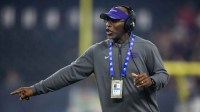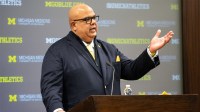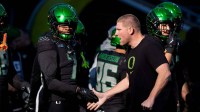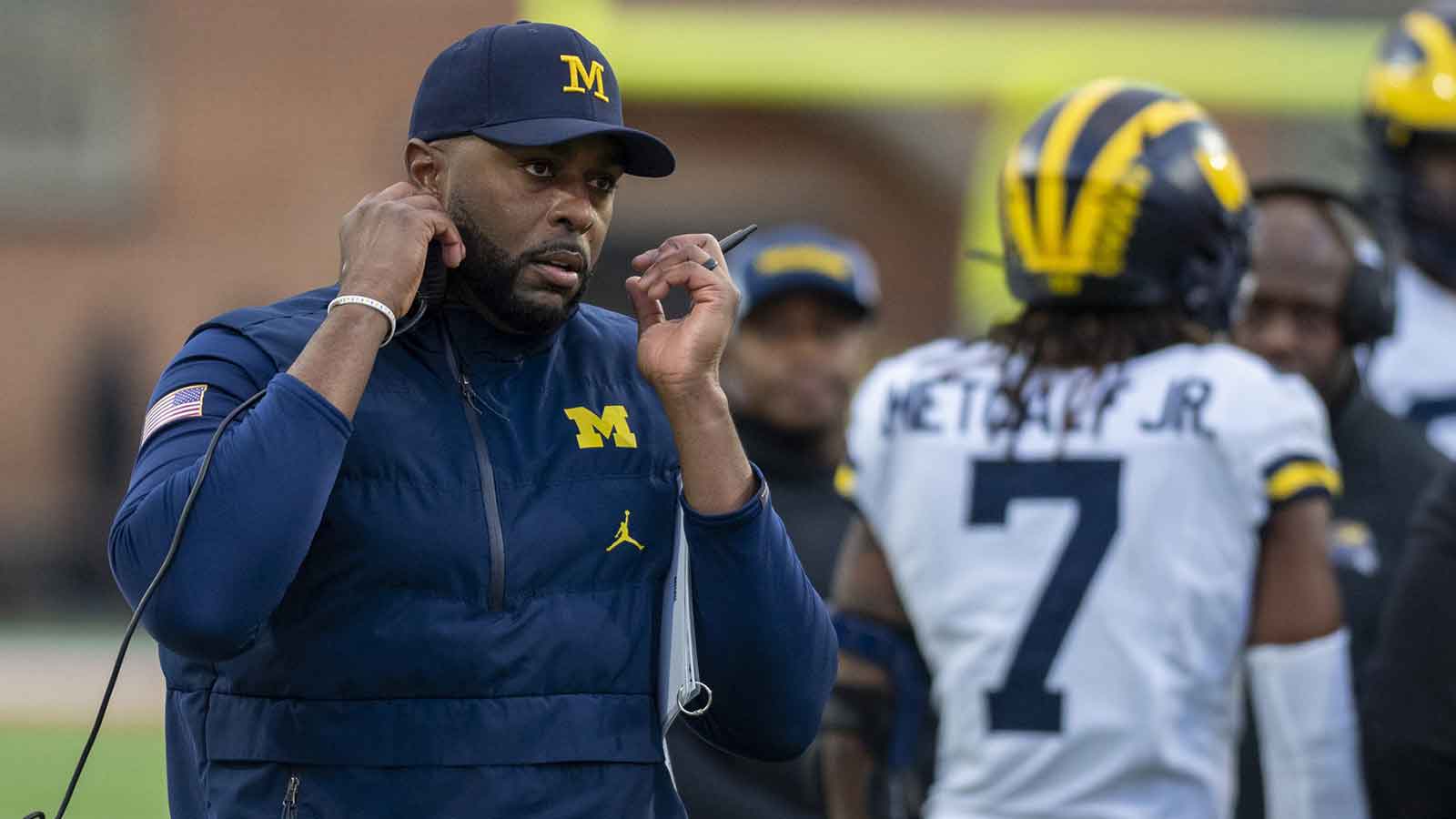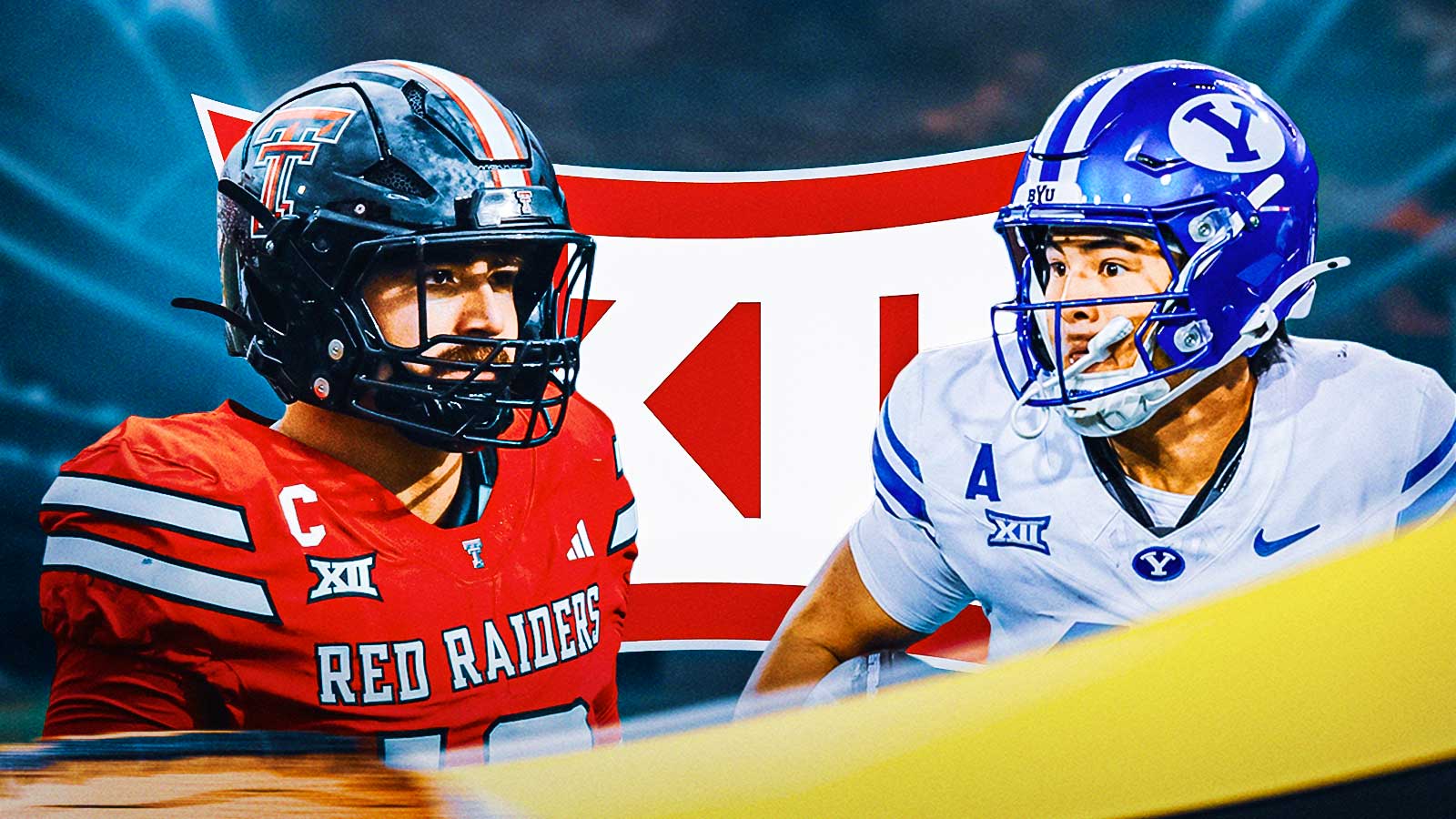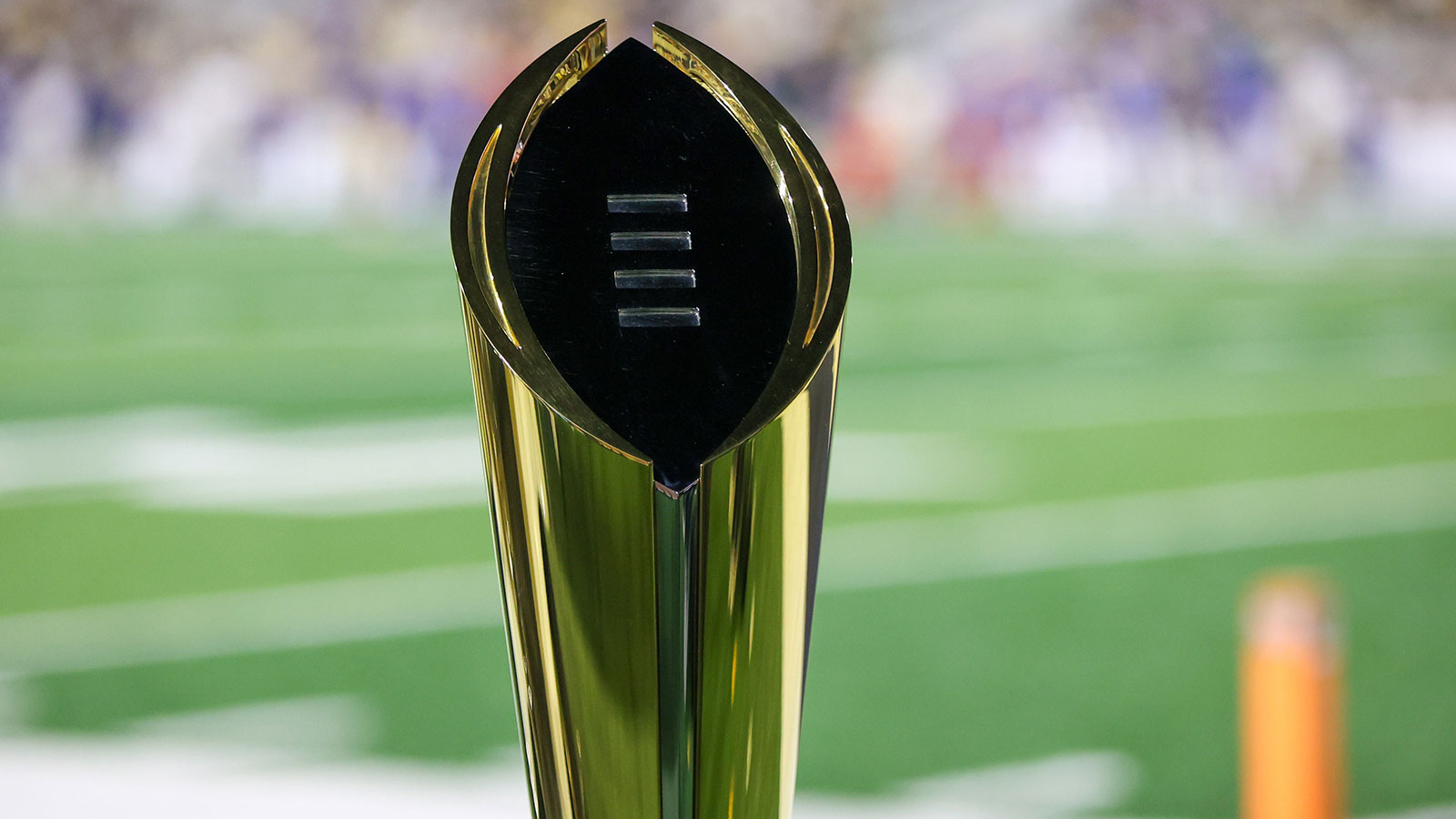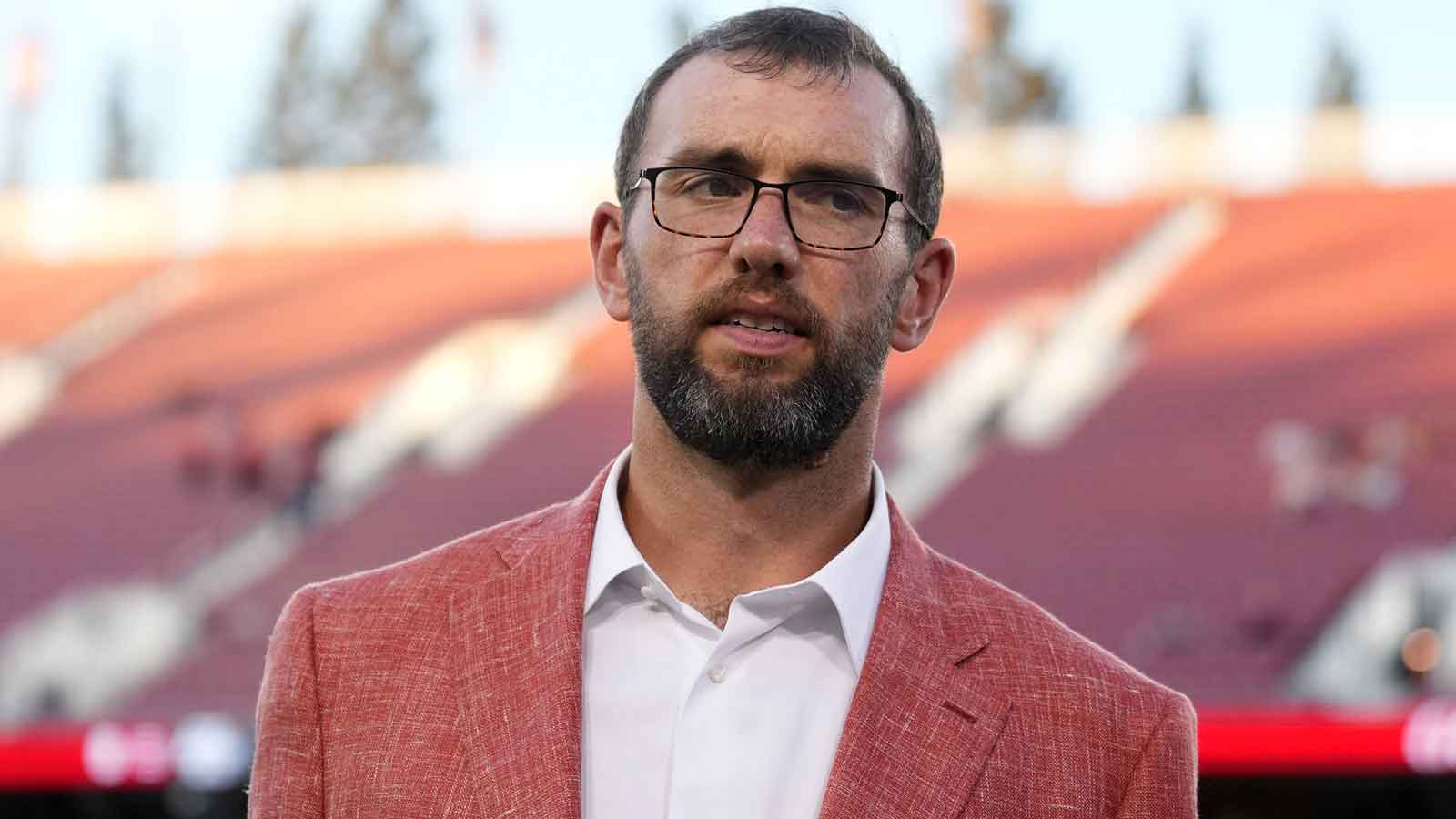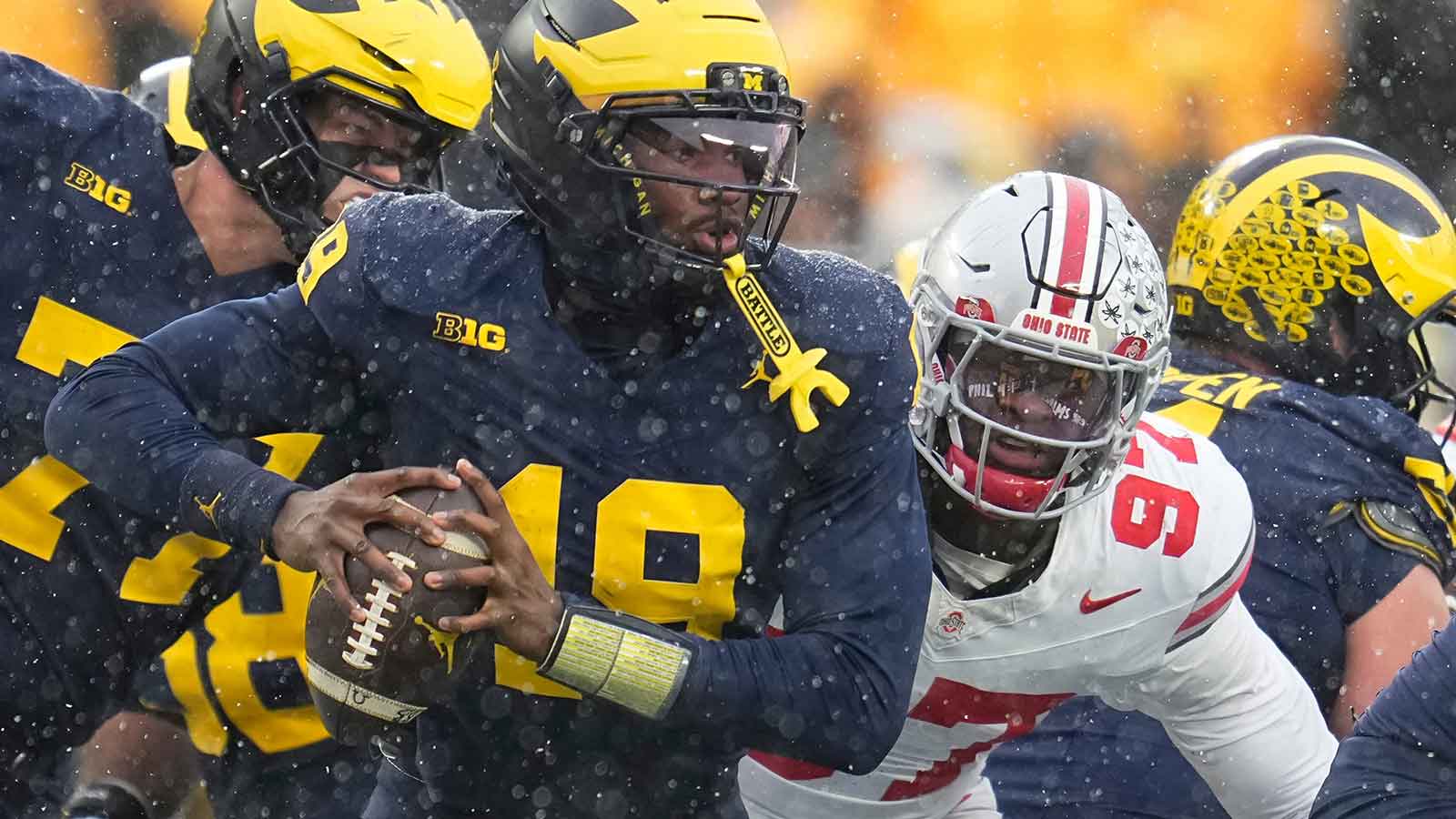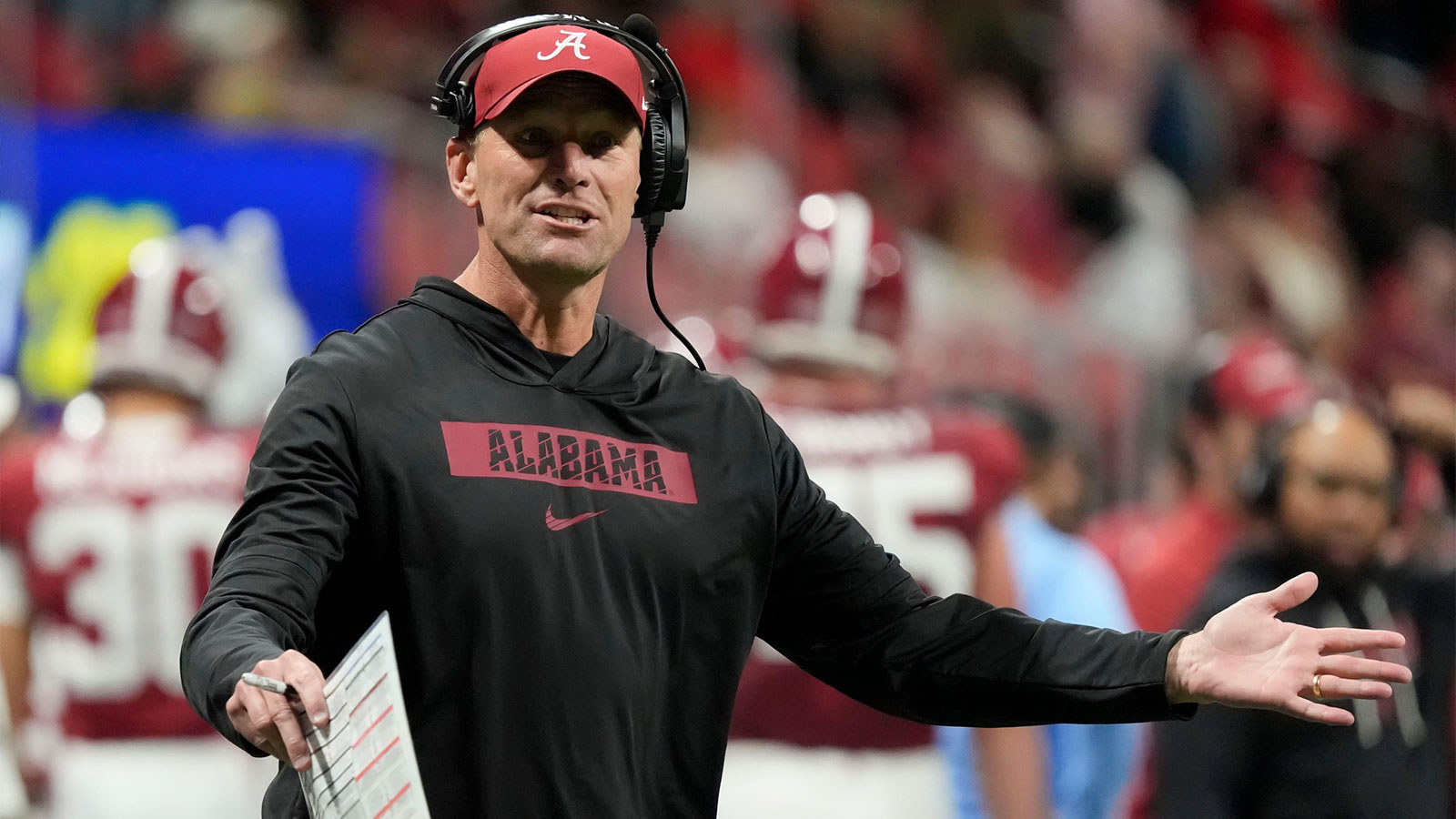Three more college football coaches have been fired in the last week. The most notable has been James Franklin of Penn State, but Trent Dilfer at UAB and Trent Brey at Oregon State have also been shown the door. West Virginia football coach Rich Rodriguez has commented on the number of midseason firings on his radio show this past week.
“I don’t know if it sends the right message to your team that you kind of gave up on your team. It’s not even halfway through the season,” said Rich Rod on his show.
The wave of college football firings is slightly early this year, and it seems more and more schools want to get a jump on the next hiring cycle. This is regardless of the message it sends. According to Jason Kirk of The Athletic, the cycle started slightly early, with the dismissal of UCLA head coach DeShaun Foster. Brent Pry lost his job less than 48 hours later.
Currently, eight teams have now have openings at the head coaching position. This includes Stanford and Kent State, who both fired their coaches after the last cycle but before the season. They are working with interim coaches.
Meanwhile, Penn State, Arkansas, Virginia Tech, Oklahoma State, Oregon State, and UAB have all dismissed their coaches mid-season.
Rodriguez also noted that there is now “less patience” around college football. This is shown by the number of openings already this year.
On average, 16.1 FBS jobs come open by the end of the season due to firings or resignations. This does not include coaches who move to other jobs. In years past, this normally started around Week 5. The movement has started as early as the second game of the season. This was seen at SMU in 2014 when June Jones resigned.
The coaching carousel is now in full swing. Rodriguez has been part of the negative side of it in the past. He was fired following the 2010 season by Michigan, and then lost his job again following the 2017 season at Arizona. Both of those instances came after the season, though.
Now, it is becoming more common to see coaches fired mid-year, and it does send a message. How players interpret that message is up to them. Regardless, the WVU head coach makes a solid point that it could be taken as a lack of belief.



